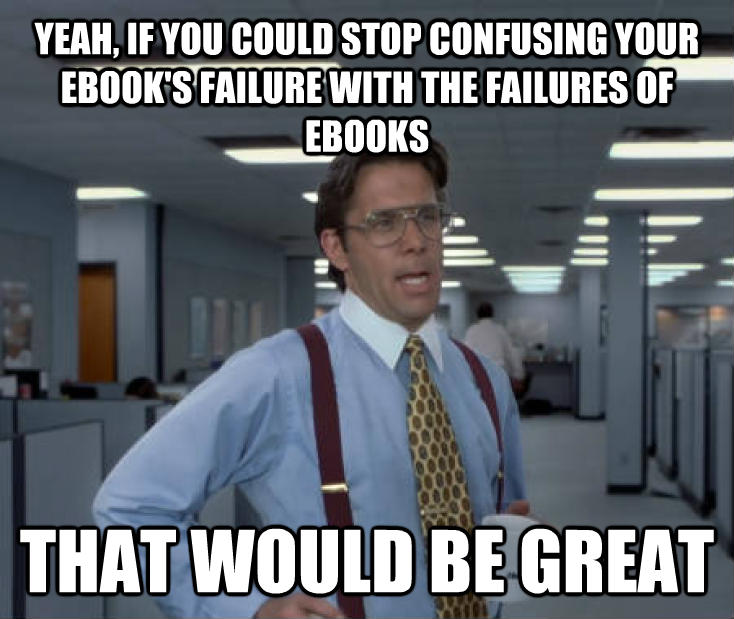Mess With the Horns: A.L. Kennedy’s On Bullfighting
Under Review: On Bullfighting by A.L. Kennedy (2001, Anchor Books, 176 pages)
Scottish novelist A.L. Kennedy’s exploration of Spain’s matador culture begins, jarringly, with the author in earnest contemplation of her own suicide. Fortunately she backs off the ledge. But the pervasive theme of On Bullfighting, and of bullfighting in general, has been dramatically established: death, and ever-closer encounters with it.
While most of today’s professional sports are drowned in a self-made river of commercialism, bullfighting remains uncomfortably near an ancient ritual of sacrifice. Writes Kennedy: “The fear behind much of the writing against the corrida seems to be that something pagan happens in the arena which turns human nature towards the bestial, the orgiastic, the uncontrolled: the darkness of chaos and of blood.” Go back far enough and the audience’s relationship to bulls gets fogged over by myth: the namesake of bullfighting’s macro-venue, Europa, was “a woman seduced by Zeus while he took on the form of a bull.”
For the matador, the job’s constant exposure to serious injury—exacerbated by an unforgiving year-round touring schedule that alternates between Spain and South America—makes for a lifestyle in which heady emotions are always, precariously, worn on the sleeve: “The stresses of life, the wearing proximity of death, the shock of injury, can produce a prodigious appetite for alcohol and drugs, a tendency towards depression, or a commitment to risk that can bring suicide a touch too close, in and out of the ring.”
This irreversible trauma to the head and to the heart recalls another kind of self-sacrificing athlete, the boxer, who I previously examined in this space in my discussion of Joyce Carol Oates’ On Boxing. Oates made the impassioned case that the boxer’s lifelong confrontation with danger elevated their craft to a compelling and improvised form of artistry. Surprisingly, Kennedy takes the same aspect of bullfighting and makes the opposite argument:
The corrida, although it has its own rigours and remarkable individual torreros, currently lacks the overarching discipline, creative economy and communicative breadth of an art. It could also be said that its levels of cruelty and violence prevent it from being an art, that an art cannot exceed certain parameters of damage, that it cannot cause death.
Even if Kennedy does not view the matador as an artist, however, her narrative still lends tremendous respect to all of the rituals and characters of the corrida. As an audience we are not “taken” to a bullfight along with Kennedy until we have reached the final third of the book. In this way, On Bullfighting mirrors bullfighting’s overwhelming ratio of preparation to the duration of the main event. A single afternoon at the corrida is the epilogue to a years-long saga in which the bulls are bred and raised by their breeders—the breeding itself tending to sprout echelons as distinct and lucrative as the pecking order amongst the matadors themselves—not to mention the hours-long process of the matador donning the many pieces of their skin-tight suit (the traje de luces).
In delaying descriptions of an actual bullfight for another chapter, another chapter, Kennedy effectively teaches us: the route for man or bull to enter the ring is arduous and exhausting. And when we finally arrive the results shock both Kennedy and her readers: the corrida is clumsy, uninspiring, underwhelming. One matador flies too close to the sun and is hospitalized—though, as Kennedy will learn only later, the injuries are not permanently debilitating. She writes of this first corrida:
Although I have been warned that the aficionado might expect a truly great corrida only once every twenty years, I still wasn’t expecting this. The corrida, it seems, can only reveal what beauties it might have if the observer is willing to ignore a great deal of clumsiness, ugliness and confusion, a great many failures of faith and technique.
Kennedy may maintain that the matador is not an artist. (And I disagree, for all of the same reasons that Oates claims boxers as artists.) But here Kennedy has unwittingly stumbled into a profound way that bullfighting is at least like the arts. Because what other things in this world have enough magnetic tug to inspire people to make themselves connoisseurs laying in wait, for decades at a time, weeding through all the half-realized dreck, searching for a true and authentic moment of transcendence? And then to feel that that moment has been more than worth the tedious wait? And then to be more than motivated to re-start that wait in search of the next moment?
That sounds quite like the reading life to me.


